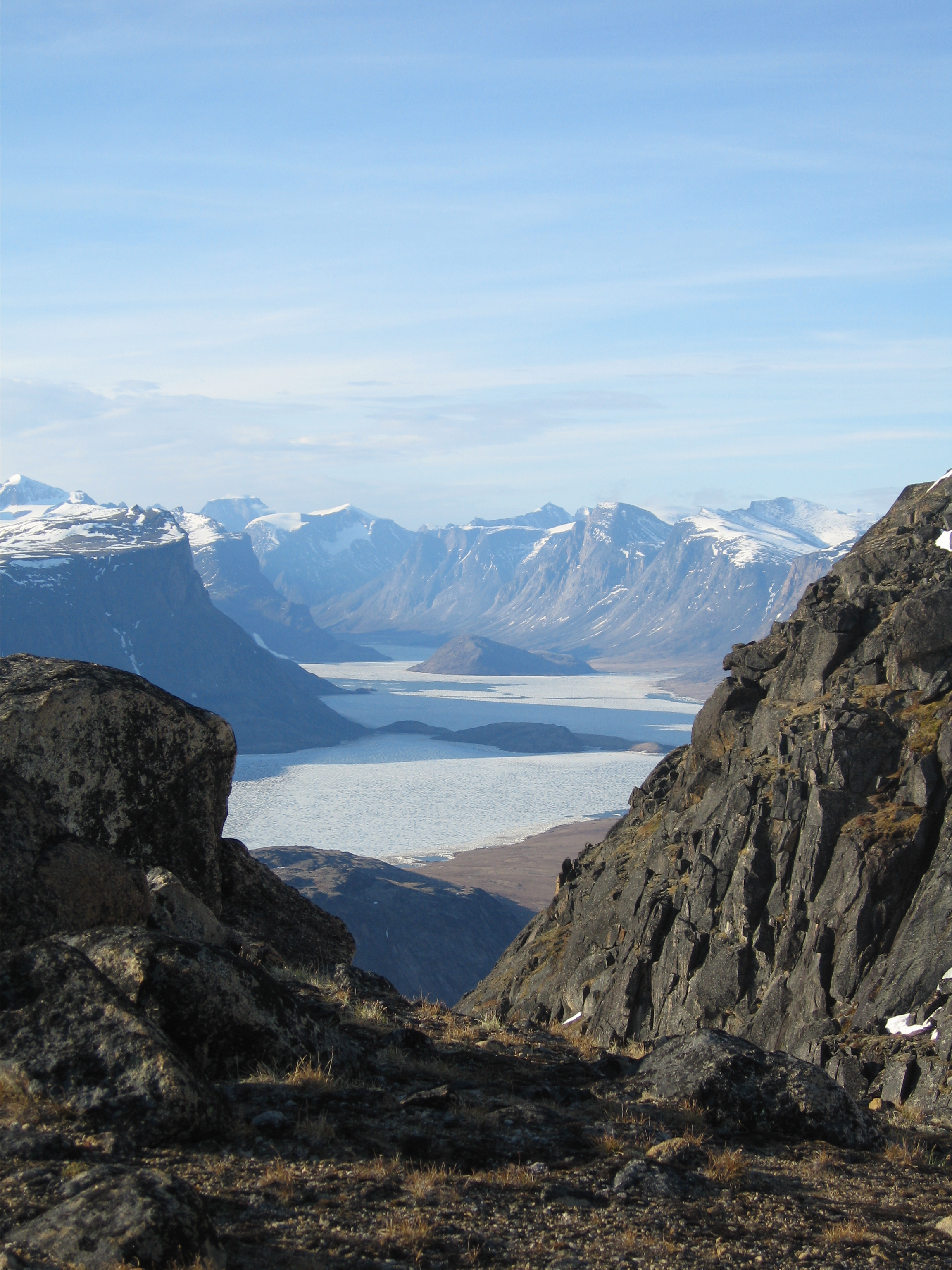
Publications
1.Spinney, J. (in review: International Journal of Disaster Risk Reduction). Flood risk and early warning in Toronto, Ontario: The role of discourse in shaping policy and disaster risk management practices.
This paper explores the intersection of risk-based policies, discourse and flooding in Toronto, Ontario from an anthropological viewpoint (Boholm 2015; Shore and Wright 2011; van Dijk 2014). Through an analysis of written language in the shape of policy information, the ensemble of policy-based practices actors engage in as well as insight gleaned from interview and survey data collected between May 2015 and October 2016 with a variety of public groups, I trace the different ways river and urban (non-river) flood risk discourses in Toronto have emerged and propagated over time. I show how river flood risk discourse enabled the construction and maintenance of an official early warning policy that exhibits stability and coherence, whereas urban (non-river) flood risk discourse, has generated considerable incoherence and enabled early warning practices that exist beyond the sphere of government responsibility. From this I advocate for the formalization of early warning urban (non-river) flood policy and argue that we needn’t wait for a catastrophe of Hurricane Hazel proportions to make official changes toward the management of urban (non-river) flood risk in Toronto. Formalizing early warning policy for urban (non-river) flood risk is a timely strategy to address evolving and worsening flood conditions, one that might assist in the reduction social vulnerability toward urban (non-river) flooding in Toronto.
2. Bica, Melissa, L. Palen, J. Henderson, J. Spinney and E. Nielsen et al. (In Review - Human Computer Interaction). “Can’t Think of Anything More to Do”: Expressions of Liminality in Social Media Disaster Narratives.
This research examines how people express concerns online about highly constrained disaster situations when choices are few. We focus on the case of Hurricane Florence in 2018, which had multiple hazards with conflicting protocols for safety—namely, tornadoes and flash floods. In combination with existing socio-economic and demographic vulnerabilities that are already limiting, we problematize the idea of constraints as affecting the range of possible actions taken in response to threats. We collected social media data from those affected by co-occurring weather hazards and found distinctively detailed documentation of the disaster experience. Such surprising richness of narrative indicated more was afoot when people are experiencing highly constrained conditions compared to other disaster situations. Inductive analysis led to interpretation of these posts as arising from the liminal experiences of disaster, or periods of transition when people are betwixt and between states of normality. In observing people’s moment-to-moment experiences of uncertainty in situ as documented on social media, we learn about the felt experiences of liminality in disaster and how these are supported by a social media audience. Finally, we consider these findings in relation to the experiences of the emerging 2020 COVID-19 pandemic.
3. Stiller-Reeve, M.A., Md. Syed, T. Spengler, J. Spinney, and R. Hossain. 2014. Complementing scientific monsoon definitions with social perception in Bangladesh. Bull. Amer. Meteor. Soc. doi: http://dx.doi.org/10.1175/BAMS-D-13-00144.1
The monsoon onset is a critical event in the Bangladesh calendar, especially for the domestic agricultural sector. Providing information about the monsoon onset for the past, present, and future has potential benefit for a country so vulnerable to changes in climate. But, when does the monsoon start? To produce any scientific information about monsoon onsets, lengths, and withdrawals, we first need to apply a monsoon definition to our data. Choosing a scientific definition is not such a simple exercise in Bangladesh. Different definitions lead to different monsoon onsets and thereby also monsoon lengths. If a climate application aims to provide information about the monsoon onset, then we need to understand how the people who might use this information perceive the monsoon onset. We then need to understand how their perceptions compare with previous scientific work. In this study we carried out a structured questionnaire in six rural regions around Bangladesh and asked the local agriculturists how they defined the monsoon and when they thought it started. It turns out that the agriculturists and previous scientific publications do not necessarily agree. Our results do not undermine previous scientific work on the monsoon in Bangladesh, but they do carry an important message about how we should design, implement, and evaluate climate applications in Bangladesh that encompass the monsoon onset.
4. Spinney, J. and Pennesi K. 2012. When the river started underneath the land: social constructions of a (severe) weather event in Pangnirtung, Nunavut, Canada. Polar Record. Vol.49(251): 362–372
In June 2008, the community of Pangnirtung, Nunavut, Canada experienced a rainstorm that caused structural damage to the community's bridge and extensive permafrost erosion along the Duval River. The local government characterised the event as ‘severe’ and focused their attention on the bridge collapse, in contrast to the residents, who described this particular consequence as inconvenient at worst and at best, exciting. Instead residents expressed greater concern for the permafrost erosion and the uncertainty this posed for community well-being. This article follows an 11 week anthropological field trip to Pangnirtung in the summer of 2009 and is based on 31 semi-structured interviews, two focus group discussions, and participant observation. We explore how social processes influence subjective constructions of what constitutes ‘severe’ weather in the community, and attempt to explain how such constructions lead to differing perceptions of vulnerability to ‘severe’ weather events. Contributing factors including the normalisation of threat, local beliefs regarding change and uncertainty, as well as the communication of risk information are discussed, along with the different coping strategies used by government and residents in managing their perceived levels of vulnerability. The research shows the importance of understanding the role social processes play in shaping local conceptions of ‘severe’ and perceptions of vulnerability to ‘severe’ weather events. This study enhances understandings of difference within populations and adds to the growing body of literature that demonstrates the need to incorporate locally relevant indices when conducting vulnerability assessment.